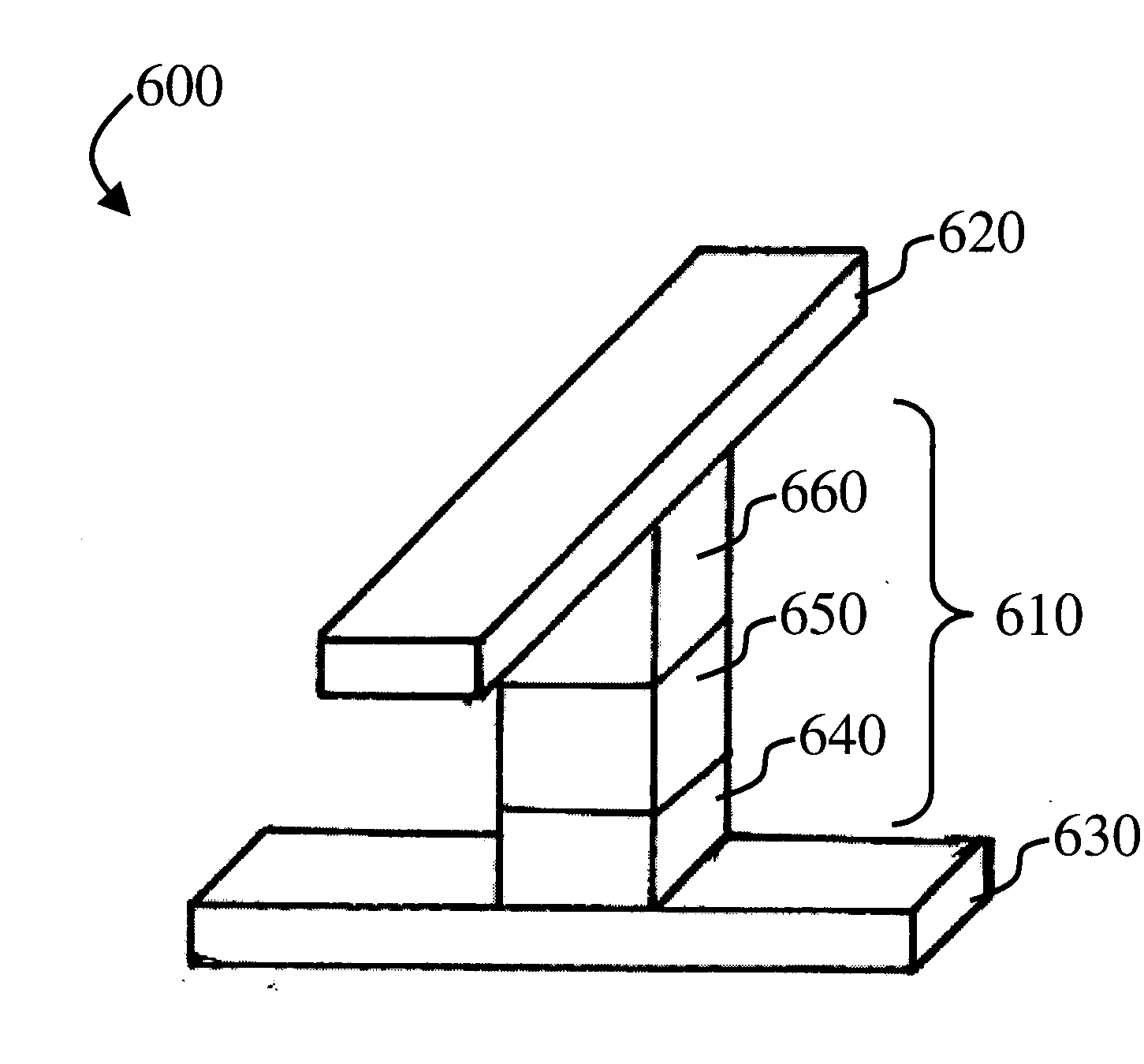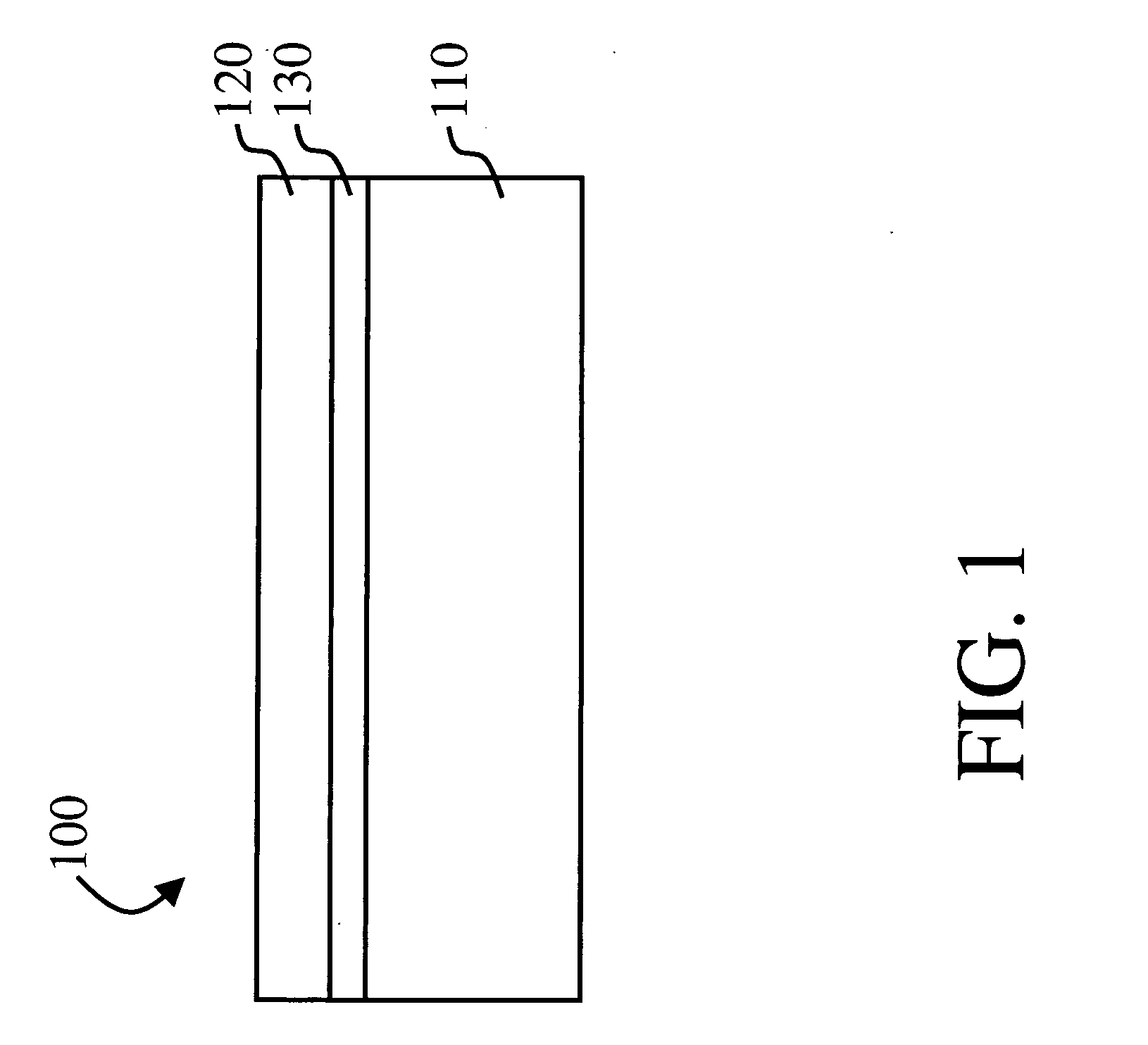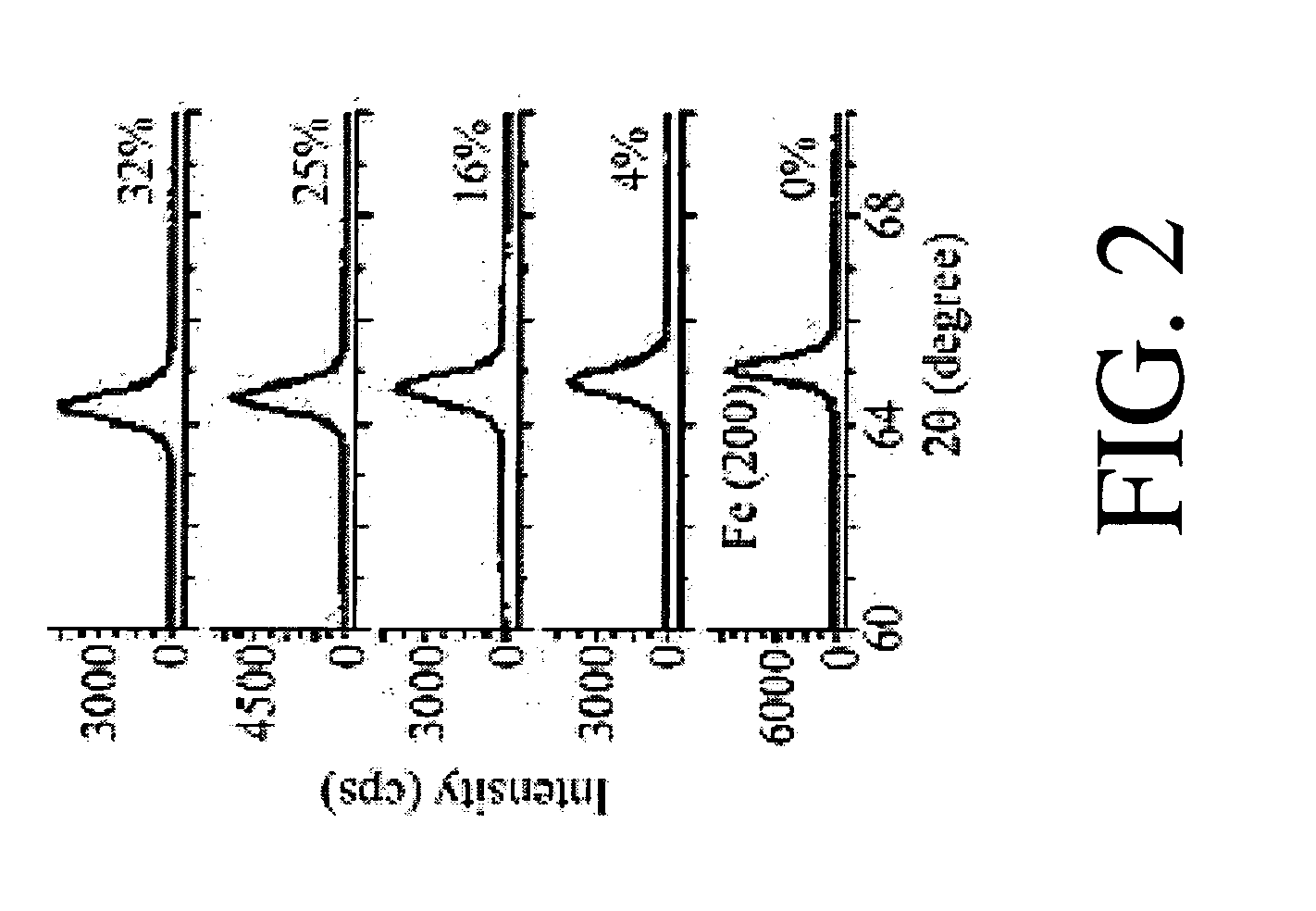Methods of manipulating the relaxation rate in magnetic materials and devices for using the same
a relaxation rate and magnetic material technology, applied in the field of ferromagnetic thin film processing, can solve the problems of low intrinsic damping rate, limited ability to reduce device size and increase frequency, and insufficient relaxation rate reduction current techniques, so as to achieve the lowest intrinsic damping rate and reduce damping
- Summary
- Abstract
- Description
- Claims
- Application Information
AI Technical Summary
Benefits of technology
Problems solved by technology
Method used
Image
Examples
example
A Fe1-xVx (100) Thin Film on an MgO (100) Wafer
[0044] In accordance with one embodiment, an epitaxial Fe1-xVx (100) thin film is deposited onto a magnesium oxide single crystal wafer (MgO oriented in the (100) direction) by cosputtering from confocal Fe and V targets in an ultra-high vacuum (UHV) chamber at a base pressure of about 1×10−9 torr. The concentration of Vx as defined in Fe1-xVx can be in the range of 0 to about 33%. In this example, the Fe1-xVx thin films have a thickness of about 50 nanometers.
[0045] The structural properties of the thin films were characterized by x-ray diffraction (XRD) with a Scintag X2 x-ray diffractometer in the conventional Bragg-Brentano (θ-2θ) Geometry. The static magnetic properties were characterized using a vibrating sample magnetometer (VSM). Saturation moments were measured by VSM.
[0046] Microstructural Characterization
[0047] The substrate was heated at temperatures ranging from room temperature to 300° C. during the deposition. It shou...
PUM
| Property | Measurement | Unit |
|---|---|---|
| thickness | aaaaa | aaaaa |
| temperature | aaaaa | aaaaa |
| pressure | aaaaa | aaaaa |
Abstract
Description
Claims
Application Information
 Login to View More
Login to View More - R&D
- Intellectual Property
- Life Sciences
- Materials
- Tech Scout
- Unparalleled Data Quality
- Higher Quality Content
- 60% Fewer Hallucinations
Browse by: Latest US Patents, China's latest patents, Technical Efficacy Thesaurus, Application Domain, Technology Topic, Popular Technical Reports.
© 2025 PatSnap. All rights reserved.Legal|Privacy policy|Modern Slavery Act Transparency Statement|Sitemap|About US| Contact US: help@patsnap.com



